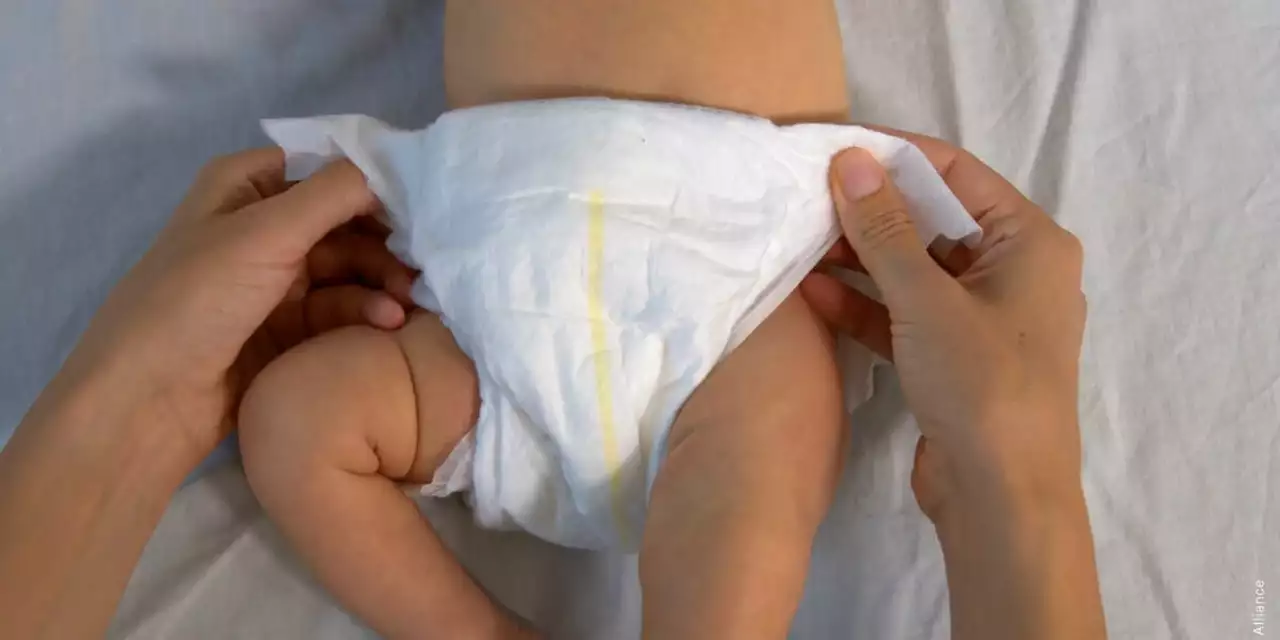Most babies go through roughly 2,500–3,000 diapers in the first year. That’s a lot of waste and a lot of money. Cloth diapers can cut costs and reduce landfill trash, but only if you pick the right type and wash them the right way. This guide gives clear, usable steps so you can start without second-guessing.
There are several styles: prefolds (simple squares you fold), all-in-ones (AIOs, look like disposables but washable), pockets (insert goes into a shell), and fitteds with covers. If you want something low-effort, try AIOs. If you want budget-friendly and fast-drying, prefolds with a waterproof cover are great.
Think about these points when you shop: fit — adjustable snaps or Velcro grow with the baby; absorbency — heavier inserts for night use; material — cotton and bamboo breathe well, microfiber wicks but shouldn’t touch skin directly. Buy two to three weeks’ worth so you’re not doing laundry every day, and add a couple of boosters for naps or long trips.
Good cleaning prevents smell, stains, and skin irritation. Start by shaking solids into the toilet (a quick rinse on solids helps). Store dirty diapers in a dry pail or wet bag — airing them out a little stops bad smells but don’t let them sit for more than two days in warm weather.
Wash routine that works: cold rinse, then a hot wash (60°C/140°F if your machine has it) with a detergent that’s free of fabric softeners and additives. Avoid softeners and dryer sheets — they coat fibers and reduce absorbency. Rinse twice if you see residue. Line-dry in the sun when possible; sunlight helps bleach out stains naturally. If you use a dryer, use low heat for inserts and higher for waterproof covers only if the manufacturer allows it.
For stubborn smells, try oxygen-based bleach or a short soak in baking soda and water before washing. Chlorine bleach is okay occasionally for sanitizing whites but can break down fibers, so use it sparingly and follow product directions.
Quick checks for safety and skin health: choose breathable materials to reduce rash risk, change wet diapers promptly, and avoid tight waistbands. If you see recurring rashes, try fragrance-free detergent, give a few diaper-free hours each day, and talk to your pediatrician about topical options.
Practical starter kit: 6–8 AIOs or 12 prefolds + 3 covers, 2 boosters, a wet bag for outings, fragrance-free detergent, and a dry pail. Cloth diapers take a bit of learning, but within a week most parents find a rhythm that saves money and keeps babies comfortable. If you want, search this site for more baby-care tips and product reviews to help pick brands and styles that match your routine.

In today's post, we're looking at the age-old debate of cloth diapers vs. disposable diapers in terms of preventing diaper rash. While some parents swear by the soft, reusable cloth diapers for reducing skin irritation, others believe the super-absorbent disposable diapers keep their baby's skin drier and rash-free. In my research, I discovered that although cloth diapers are eco-friendly and cost-effective, they may require more frequent changes to prevent rashes. On the other hand, disposable diapers have a chemical gel that absorbs moisture, but may cause irritation for some babies with sensitive skin. Ultimately, the best choice for preventing diaper rash depends on your baby's skin type and your commitment to frequent diaper changes.